Dealing With Rejection
Introduction
When I began my placement at Humanity Cosmetics I had no prior experience in content creation for companies, meaning I was being thrown into the deep end. In addition, during my time with the company I have dealt with rejection, and what I feel has been a lacking level of feedback, making it even harder to stay afloat. However, this is an experience to learn through practice, and regardless of the tough times I have faced throughout this placement, it has been greatly beneficial to me.
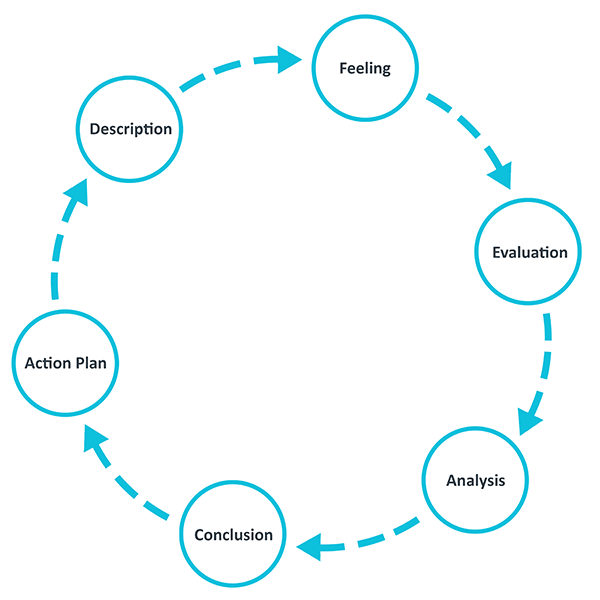
Gibb’s Reflective Cycle
To reflect on my experience of work placement at Humanity Cosmetics I will be employing Gibb’s Reflective Cycle (Gibbs, 1988). I have chosen this model over the various alternatives as I find it the most effective for delving into the emotional side of the reflection. This will be particularly useful for me when reflecting on my work placement as the experience has been an emotional rollercoaster. This model features six stages; Description, Feelings, Evaluation, Analysis, Conclusion, & Action Plan.
Description
“The description of the experience should be clear of any judgements as these tend to cloud our recollections”
(Boud, Keogh and Walker, 1985)
After being given a brief of what to create for the company, I got to work on still images of the products which they had asked for. Having spent hours planning out shots, picking out the perfect backdrops, getting the angles and lighting right, and touching up the images in post to make them look their best, I sent them off to Chris (Humanity Cosmetics’ CEO) only to be met with rejection. He told me and the other people on the placement team that the videos we made didn’t match the brand’s aesthetic and that we should not bother trying to make any still images anymore. From this, we focused entirely on videos, both professional-grade adverts and lower-quality ones filmed on phones, meant for upload on TikTok. While these videos were not rejected, they have also yet to be posted on any of the company’s social media platforms, and Chris has not given any clear feedback on them, only saying “These are great” but not giving us much to work with going forward.
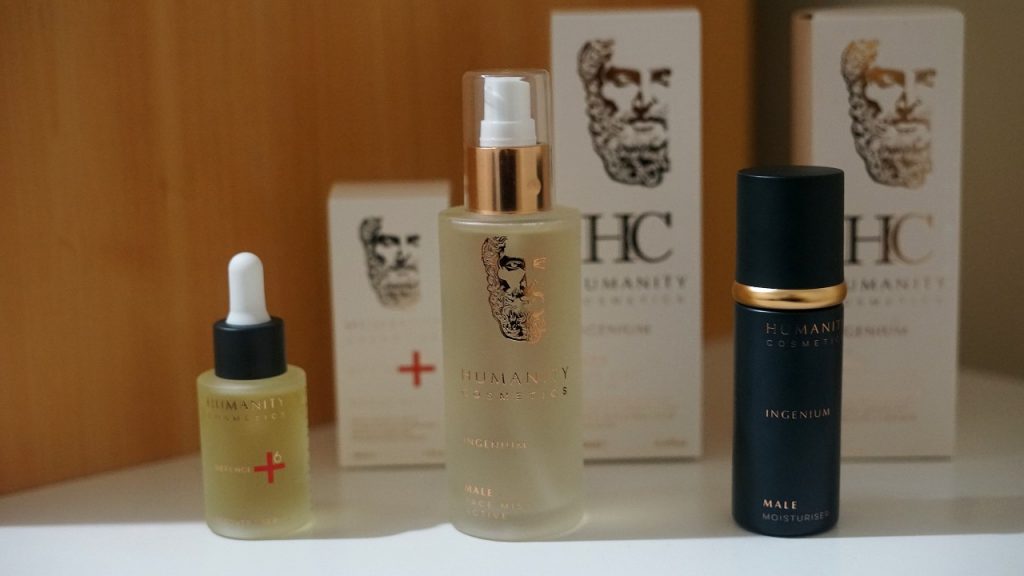
Feelings

When the first batch of submissions was rejected by the company, I was hit with a wave of disappointment and hopelessness. I felt like I had put a good amount of work into the content I had made for them and so it was quite disheartening to see that not only were they not happy with it, but they were so unhappy with my work in particular that they specifically told us not to try any more still images. I didn’t want to feel this same way after our next submission so I got to work to try even harder at making short videos for the company’s TikTok account. Aftering submitting these videos and receiving praise from Chris I felt so much better about myself and my contributions to the work placement as a whole. However, this feeling has dwindled slightly as I’ve heard less and less from him in the form of feedback or guidance.
Evaluation
While the experience was fairly upsetting, it helped me realise that the standard of work in the real world is high, especially when it is representing a whole company. Furthermore, I learnt a great deal about handling rejection and using my feelings towards the rejection to motivate me as opposed to deterring me.
Analysis
On reflection, I have realised that the work I was putting in after being rejected is the level I should have started with, however, I needed to go through that experience to be able to learn that lesson. In addition, I recognise that the rejection I faced is completely understandable as this company relies heavily on its social media presence to attract customers and for them to upload sub-par content created by first-time creators could affect its reputation and connection with consumers.
Conclusion
In conclusion, while I had an emotional time throughout my work placement experience, all of those emotions helped me to better realise the work I had to be putting into my role and ensured that I was getting the most out of my time with the company. Having experienced such a range of emotions, success and failure, I have gathered a well-rounded idea of what it is like to work in the role of social media content creation for a high-end company.
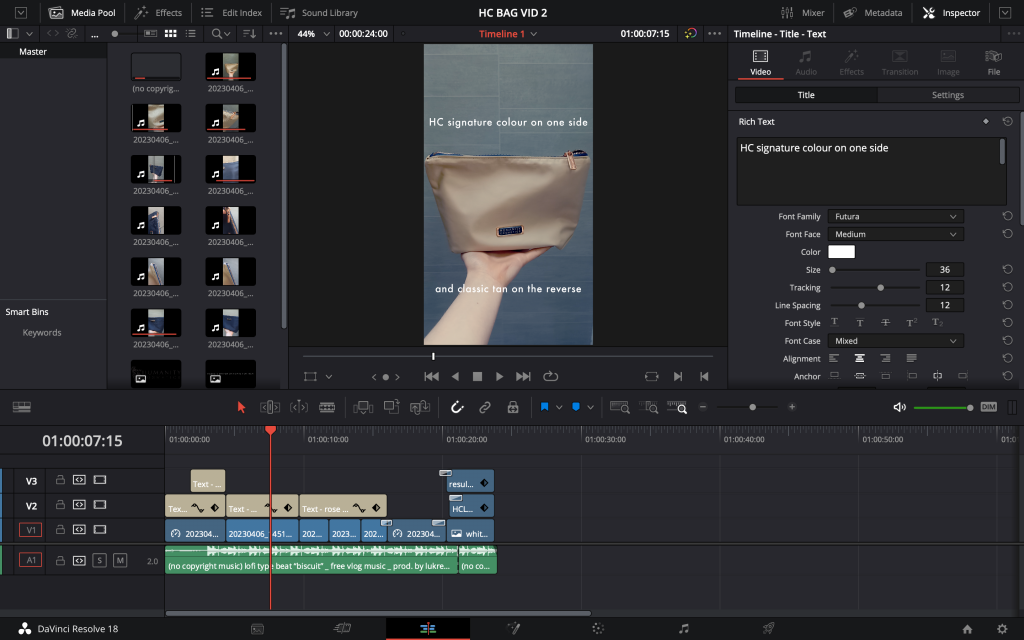
Action Plan
“Those who approach the new learning experience from a history of success in similar situations may be able to enter more fully into thew new context and draw more from it”
(Boud, Keogh and Walker, 1985)
Moving forward I will know not to take rejections so personally and instead funnel those feelings into more productive outlets. In addition, I will seek clearer and more detailed feedback whenever providing Chris or any other employer with content when I am uncertain as to their feelings on the finished product.
Bibliography
Boud, D., Keogh, R. and Walker, D. (1985). Reflection: Turning Experience into Learning. London: Kogan Page; New York.
Gibbs, G. (1988). Learning by Doing: A Guide to Teaching and Learning Methods. London: FEU.
Challenges throughout my placement
Logistical Miracle
You May Also Like
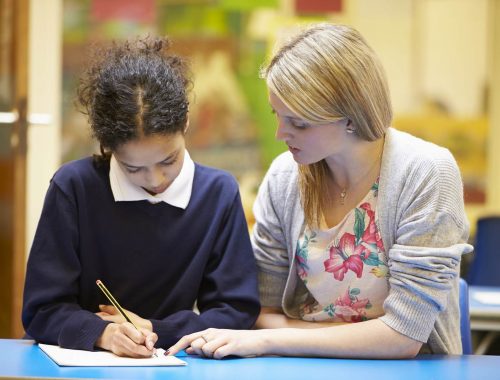
Challenge Accepted Sir!
18 April 2023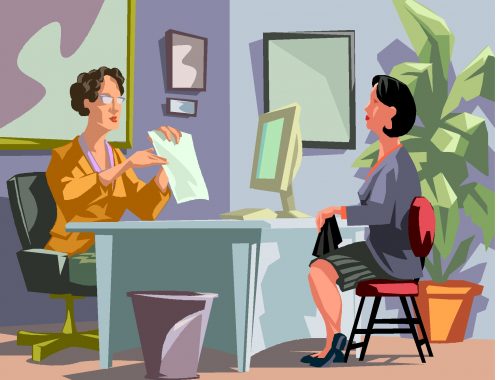
Interview a New You! – Becoming an Interview Guru
24 February 2023
